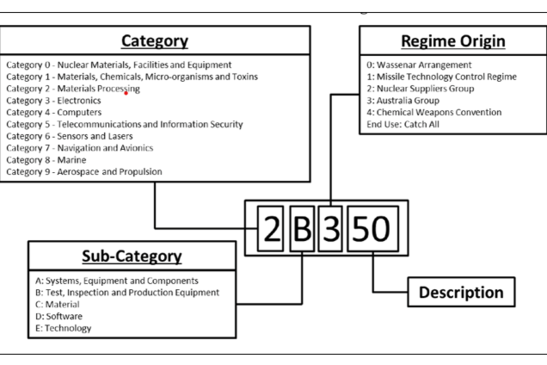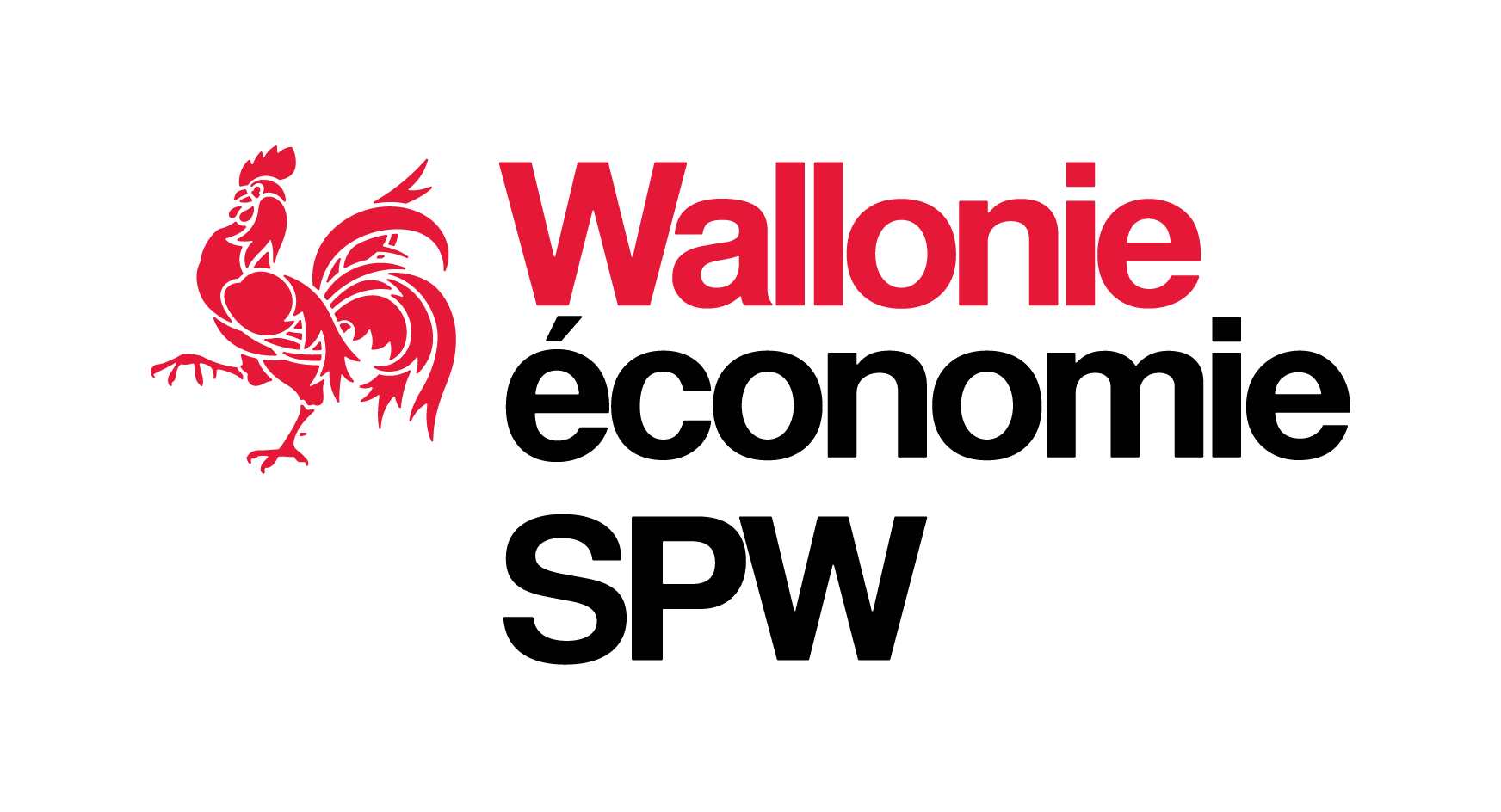Dual use
Dual-use items and technologies (DUIs) are products that can have a peaceful application, such as generating energy, but also a non-peaceful application, such as creating weapons. Because of these risks, exporting them is strictly controlled and a licence is mandatory. Are you affected by these regulations? Find out by checking whether your products are on the DUI list.

What is a dual-use item (DUI)?
Dual-use items and technologies are products that can have a peaceful application, but also a non-peaceful application. Peaceful application means civilian application. Non-peaceful application can be military, linked to weapons of mass destruction (WMD) or to violations of human rights. For example, nuclear fission can be used to generate electricity or to produce nuclear weapons.
These products fall into 2 categories:
- Goods: tangible goods and physical equipment.
- Technologies: specific knowledge required for the development, production or use of a product, conveyed by technical documentation or technical assistance.
- Technical assistance may include instructions, practical procedures, training, applied knowledge, consultancy services, and may involve the transfer of technical documentation.
- Technical documentation can take the form of plans, diagrams, models, formulas, tables, drawings, engineering specifications, manuals and instructions, written or recorded on media
When a dual-use item is diverted from its peaceful purpose, it is known as diversion. There are 3 main risks of diversion:
- Military: for example, a navigation system used in a civil aircraft can also be used in a military aircraft.
- Proliferation of WMD (nuclear weapons, chemical weapons, biological weapons and missiles): for example, chemical components for civilian use can be diverted for chemical attacks.
- Violations of human rights: for example, a facial recognition system used in smartphones can be misused to monitor and repress dissidents.
Owing to these risks, the export of DUIs is subject to strict controls, and requires an export licence that must be obtained in advance.
Do I export DUIs? Help with categories
To determine whether you are exporting dual-use items (DUI), you need to consult the list in Annex I of the Dual-Use Regulation.
The DUI category system is specific to this category of goods. This means that DUIs are not identified by a customs code, but by an alphanumeric code that indicates categories and sub-categories according to a referencing system based on checklists of international regimes.
Each DUI in the list has a number that indicates its category:
- Category 0: Nuclear materials, facilities and equipment
- Category 1: Special materials and related equipment
- Category 2: Materials processing
- Category 3: Electronics
- Category 4: Computers
- Category 5: Telecommunications and 'information security'
- Category 6: Sensors and lasers
- Category 7: Navigations and avionics
- Category 8: Marine
- Category 9: Aerospace and propulsion
A letter indicates the sub-category:
- A: Systems, equipment and components
- B: Test, inspection and production equipment
- C: Materials
- D: Software
- E: Technology
An additional number indicates the corresponding international export control regime:
- 0: Wassenaar Arrangement (WA)
- 1: Missile Technology Control Regime (MTCR)
- 2: Nuclear Safety Group (NSG)
- 3: Australia Group (AG)
- 4: Chemical Weapons Convention (CWC)
And a final figure describes the article, for example: 2B350 for Chemical manufacturing facilities, equipment and components.

To help you identify DUIs from a customs code, the European Commission has drawn up a correlation table.
Note that a customs code and a DUI code are not always exactly correlated. The only way to correctly classify a product and determine whether it is on the list and requires a licence to be exported is to check its technical description in the annex, under the various categories and sub-categories.What are the regulations for DUIs?
The export of dual-use items (DUIs) is strictly regulated at European level by Regulation (EU) 2021/821. This regulation sets up a Union regime for the control of exports, brokering, technical assistance, transit and transfer of DUIs. Annex I of this regulation contains the DUI list, with all products that require an export licence to leave EU customs territory. This list is the first international compilation of checklists for international export control regimes. It is reviewed and updated once or several times a year. Annex IV of the same regulation lists the DUIs that require an intra-EU transfer licence, i.e. for export from Belgium to other EU member states. This list includes certain products already listed in Annex I.
In Wallonia, the Walloon Government Decree of 6 February 2014 regulates the export, transit and transfer of DUIs.
The application for an export licence must be sent to the competent authority of the Member State where the company has its registered office. In Wallonia, this authority is the Minister-President, but it is the Directorate for Weapons Licences that is responsible for preparing and managing the applications to be submitted for decision. Any company with its head office in Wallonia must therefore apply to our Directorate for a licence (see procedure).
My products are blocked at Customs, what can I do?
If your products are blocked at Customs on suspicion of being dual-use items, you need to take the following steps to unblock them:
- Your products are actually dual-use: You must contact us to apply for an export licence for dual-use items.
- Your products are not dual-use, but Customs requires confirmation to release the goods: You must contact us to request an 'avis de non-classement' (notice of non-classification - ANC). The notice of non-classification will be granted for all customs codes analysed and verified, valid for all countries (except countries under dual-use embargo: Belarus, North Korea, Iran, Myanmar, Russia and Syria) and irrespective of the consignee (without prejudice, of course, to other obligations and responsibilities incumbent on exporters).
To speed up the processing of your application, we recommend that you provide a precise analysis of your products, based on their technical characteristics, to determine whether they are listed in Annex I of the Dual-Use Regulation.-
All applications for licences for dual-use items and technologies must be submitted electronically via the eLicensing platform.

